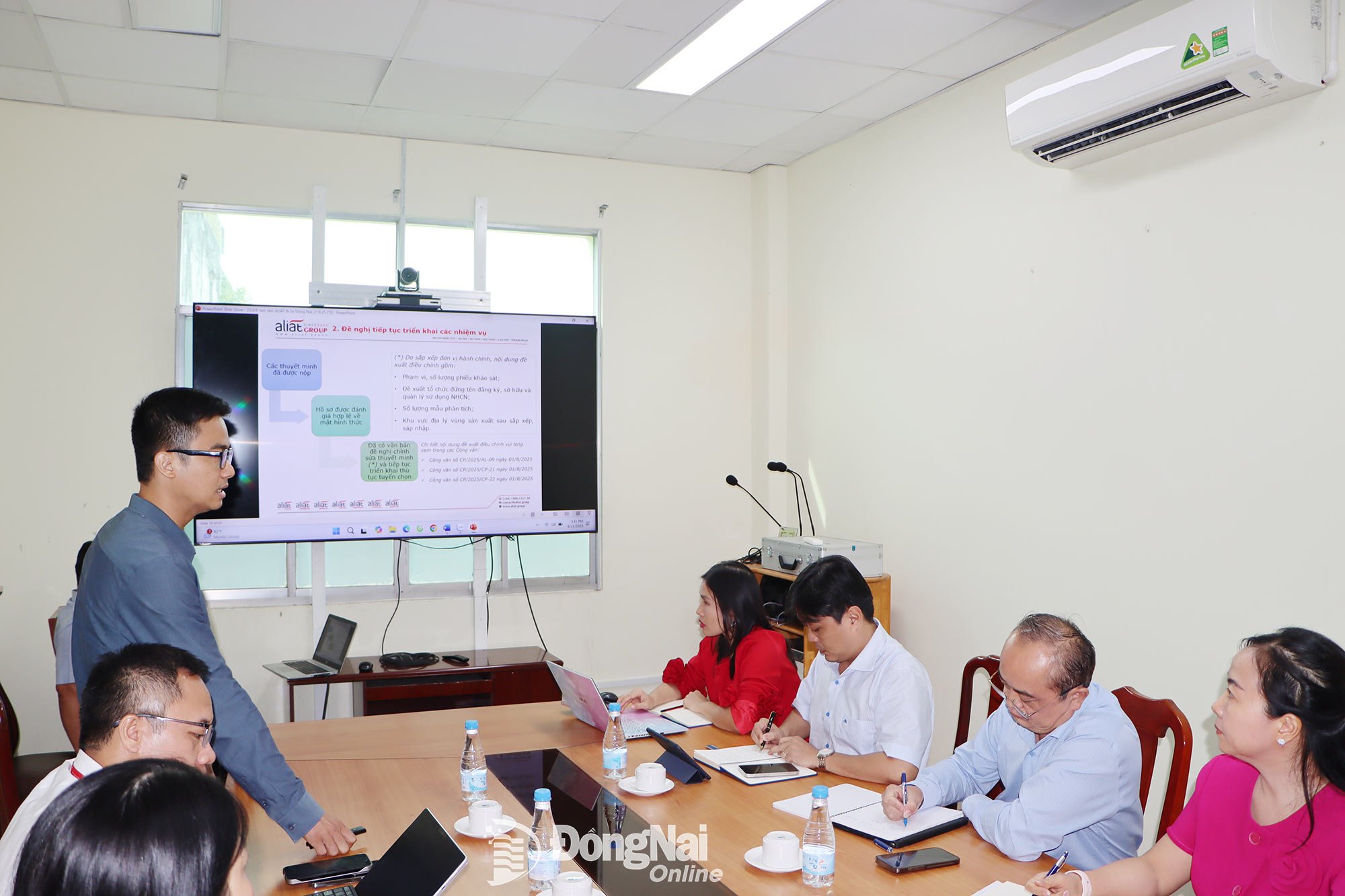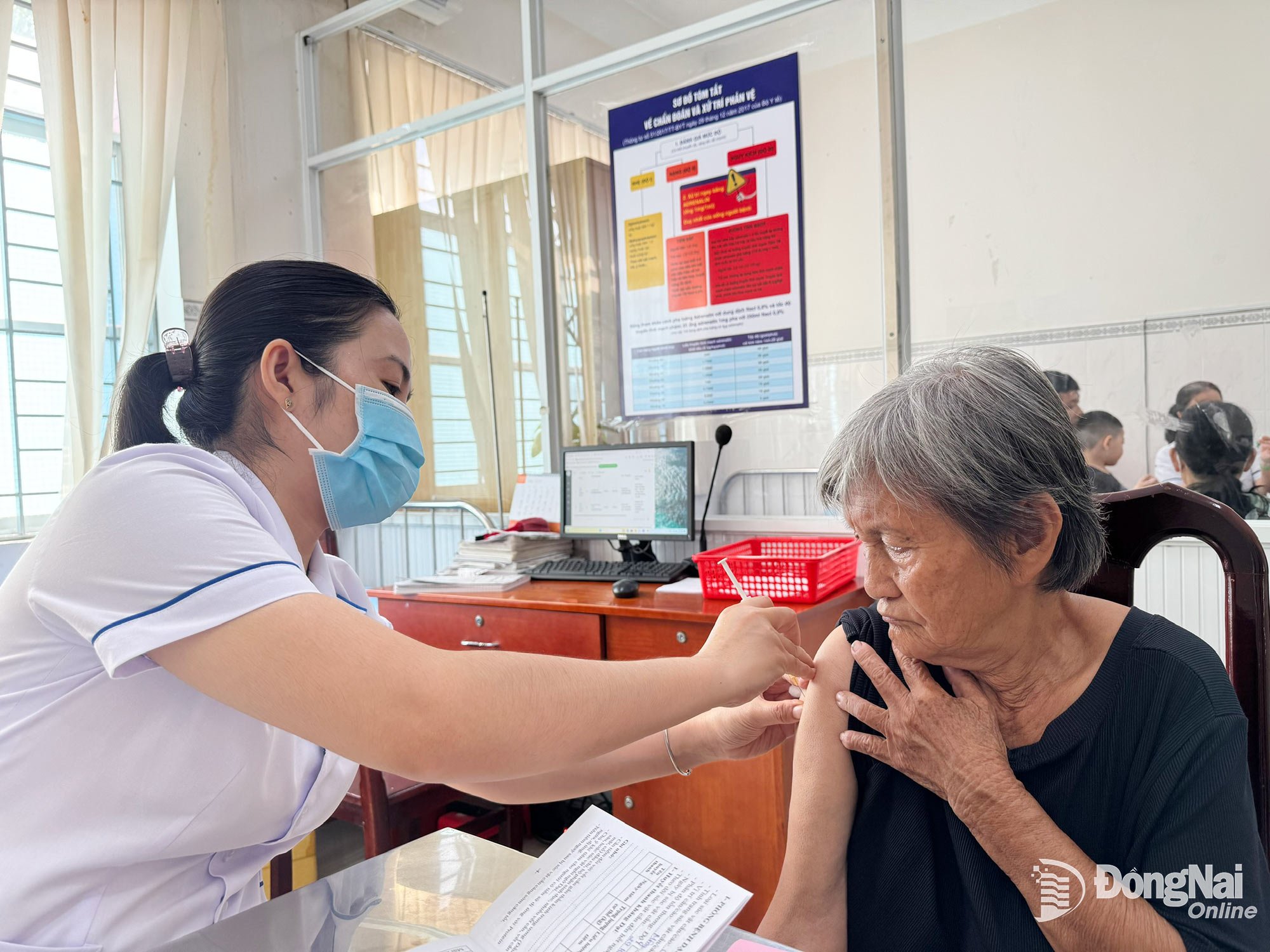
The idea of growing off-season pepper was sparked by Mr. Cu Quoc Hung (village 6, Gao commune) in 2022 when he started to rebuild an organic pepper garden intercropped with coffee. Mr. Hung said: Pepper has returned in price, so when planting new crops, he chose to grow Sri Lanka varieties because of their superior growth ability, ease of care, and high disease resistance. From researching and learning about organic care techniques, combined with his existing experience, he produces off-season green pepper by regulating irrigation water and fertilizing properly. Thanks to suitable soil, each pepper pole can produce about 15 kg of fresh pepper to sell as green crops, while the poorer fruit crops will be harvested and dried.
“The initial success has helped me boldly propagate and expand the planting area to about 3,000 intercropping pillars in the coffee garden. Currently, the green pepper consumption market is relatively stable, due to high demand while the off-season output is low, so the selling price is quite high. Some people in the area saw the effectiveness so they came to learn and I also supported the conversion technique,” Mr. Hung shared.
According to farmers, the technique applied to this new variety is to fertilize and water continuously to create good humidity for the tree to produce fruit in batches and harvest year-round. Off-season products are mainly sold in green pepper chains to restaurants or resold to establishments that process pepper dishes such as pickled pepper and frozen pepper. Off-season green pepper has a selling price 1.5 - 2 times higher than the main season and is currently fluctuating from 50,000 - 70,000 VND/kg. At some points in the time frame from April to July, it can reach 110 - 120 thousand VND/kg.
Realizing the increasing effectiveness of green pepper products, in addition to red pepper production, Gia Lai Red Pepper One Member Co., Ltd. (village 5, Kon Gang commune) has expanded the planting of about 4,000 pillars using Malaysian pepper varieties, and also provided seeds to dozens of people in the area to expand production linkages and consume off-season green pepper. Mr. Tran Quang Son, Director of the Company, said: “Green pepper is usually harvested from August to October every year, then the remaining part is left to ripen, making black pepper or red pepper products. Growing green pepper not only makes the plants stronger but also brings high economic value. In Kon Gang commune, many households have started to switch to growing new pepper varieties and applying the off-season planting model to improve efficiency. The pepper garden in its third year has an average yield of about 12 kg fresh/pillar. With the current yield and selling price, each hectare of green pepper can earn a profit of 500 million VND/year or more, depending on the method of monoculture or intercropping. The company has partners in the South who regularly purchase and collect goods for export to Thailand, so the output is quite stable.”

In the context of old varieties, used for many years, degenerating due to pests, diseases and the harsh impacts of climate change, many farmers have introduced new varieties into cultivation to increase productivity and quality of harvested products.
However, with many years of experience with pepper plants and having held the position of Permanent Vice President of the Chu Se Pepper Association (before the district level was abolished), Mr. Hoang Phuoc Binh, in Chu Se commune, shared that, previously, when visiting pepper growing models in Gia Lai , the working group of the Thai Spice Association assessed that the Sri Lanka variety grown here had thick fruit chains, large seeds, mainly used for fresh consumption; however, when dried, the bulk density was low, and the piperine content was not high (the main ingredient that creates the spicy taste). Recently, some households have also begun to experiment with the Malaysian pepper variety - a new variety that is evaluated for its high yield and quality. However, the effective exploitation time of this variety still needs more time to verify.
Source: https://baogialai.com.vn/trong-tieu-xanh-trai-vu-mot-huong-di-moi-post564326.html






























![[Photo] An Phu intersection project connecting Ho Chi Minh City-Long Thanh-Dau Giay expressway behind schedule](https://vstatic.vietnam.vn/vietnam/resource/IMAGE/2025/8/21/1ad80e9dd8944150bb72e6c49ecc7e08)

![[Photo] Politburo works with Standing Committees of Lang Son and Bac Ninh Provincial Party Committees](https://vstatic.vietnam.vn/vietnam/resource/IMAGE/2025/8/20/0666629afb39421d8e1bd8922a0537e6)





























![[Photo] Politburo works with the Standing Committee of Hanoi Party Committee and Ho Chi Minh City Party Committee](https://vstatic.vietnam.vn/vietnam/resource/IMAGE/2025/8/21/4f3460337a6045e7847d50d38704355d)




































Comment (0)